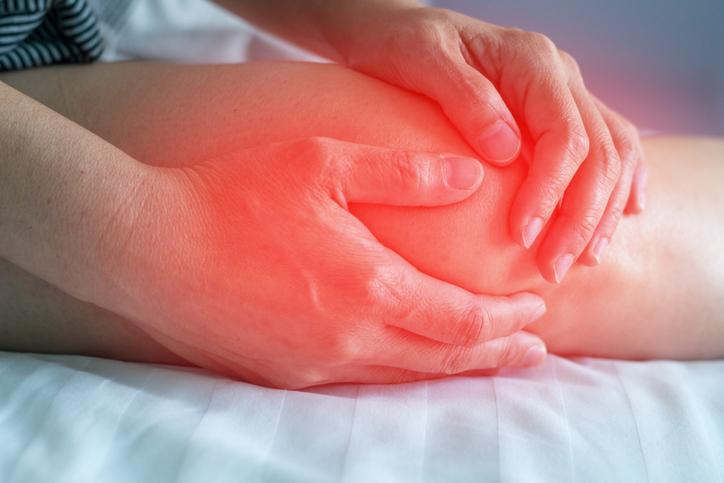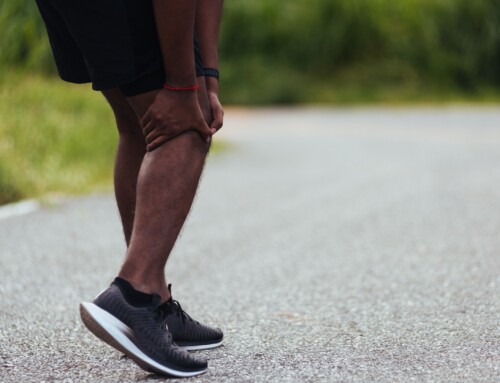By Sara O’Connor, SPT
The anterior cruciate ligament (ACL) is a ligament in the knee joint that plays a role in the stability of the joint. The ACL prevents the tibia (shin bone) from moving too far forward on the femur (thigh bone). It also helps to prevent the knee from hyperextending and rotating. The ACL runs from the femur to the tibia making a cross with the posterior cruciate ligament (PCL).
The ACL is one of the most commonly injured ligaments in the knee. The ACL can be torn with a quick slowing of speed, change in direction, an outside force from the side, or rotation stressing the integrity of the ligament while the foot is planted on the ground. A tear can impact the way one walks and moves about their daily. After one sustains a tear to their ACL, they have the option to have it surgically repaired or not. Surgery is dependent on what the person would like to get back to following the injury. If one has a surgical repair to the torn ACL a common method is a reconstruction using a different tissue from the person’s own body to make a new ACL. If one opts to not have surgery physical therapy is important to protect the knee from further damage.
Surgery or conservative treatment following an ACL tear can range from 9 months to a year depending on the level of activity one would like to get back to. The strength of the injured leg is often compared to the non-affected leg and physical therapists will look to ensure the leg muscles are within 10% of each other. This is important to determine how the injured leg is recovering and keeping up with the non-affected leg.
Due to the length of recovery, quality of life, financial implications, and the higher risk of reinjury after an ACL tear, preventative care is very important. According to the recent Clinical Practice Guidelines for physical therapy; physical therapists, coaches, parents, and individuals should implement preventative training for athletes at a higher risk for an ACL tear. A physical therapist can help determine the appropriate preventative measures to support the ACL. Physical therapy can be used to help reduce the number of ACL tears and prevent the long-term effects of an ACL tear.
References
- Dutton M.Dutton’s Orthopaedic Examination, Evaluation, and Intervention. 5th ed. McGraw Hill; 2019.
- Arundale AJH, Bizzini M, Dix C, et al. Exercise-based knee and anterior cruciate ligament injury prevention. Journal of Orthopaedic & Sports Physical Therapy. 2023;53(1):CPG1. doi: 10.2519/jospt.2023.0301.
If you are suffering with an ACL tear, contact us today via our contact form, or call us directly at our physical therapy clinics in Malta, Saratoga, Delmar or Queensbury at 518-289-5242 for a personal evaluation, and find out how we can get you feeling better!






